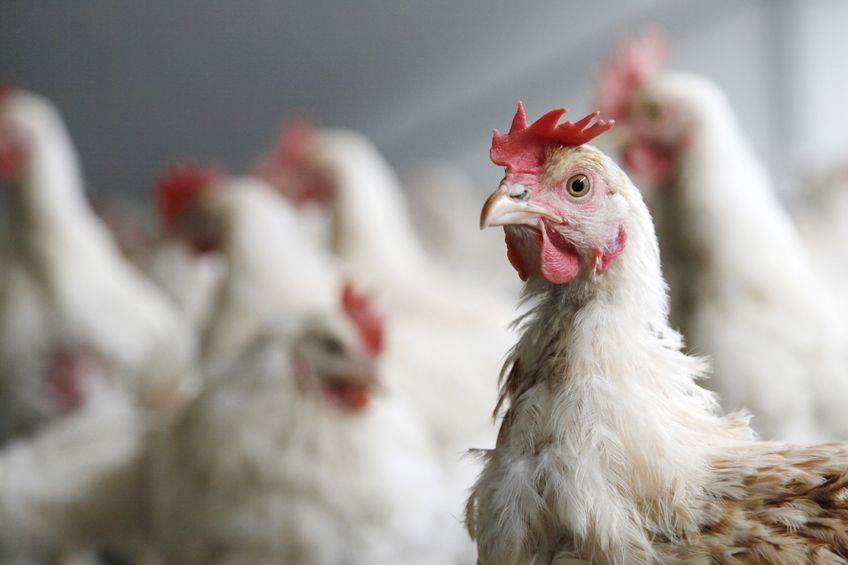
Antimicrobials used to treat diseases that can be transmitted between animals and humans are becoming less effective.
The findings are in a new report released by the European Centre for Disease Prevention and Control (ECDC) and the European Food Safety Authority (EFSA).
According to the report, which refers to 2017 data, resistance to the antibiotic fluoroquinolone is so high in campylobacter bacteria in some countries that these antimicrobials no longer work for the treatment of severe cases.
About four in five cases of campylobacter food poisoning in the UK come from contaminated poultry, especially chicken.
Most countries reported that salmonella in humans is increasingly resistant to antibiotics. Multidrug resistance - resistance to three or more antimicrobials - is high in Salmonella found in humans (28.3%) and animals.
In campylobacter, high to extremely high proportions of bacteria were found to be resistant to antibiotics ciprofloxacin and tetracyclines.
However, combined resistance to critically important antimicrobials was low to very low in salmonella and campylobacter from humans and animals, and in indicator E. coli from animals.
Vytenis Andriukaitis, EU Commissioner for Health and Food Safety, said the report should 'ring alarm bells'.
He said: “It shows that we are entering into a world where more and more common infections become difficult – or even sometimes impossible – to treat. However, ambitious national policies in some countries limiting antimicrobial use have led to a decrease of antimicrobial resistance.
“So before the alarm bells become a deafening siren, let’s make sure that we increasingly act all together, in every country and across the public health, animal health and environment sectors under the One Health approach umbrella.”
The joint report, which presents the data collected from 28 EU member atates from humans, pigs and calves under one year of age, confirms the rise in antibiotic resistance already identified in previous years.
